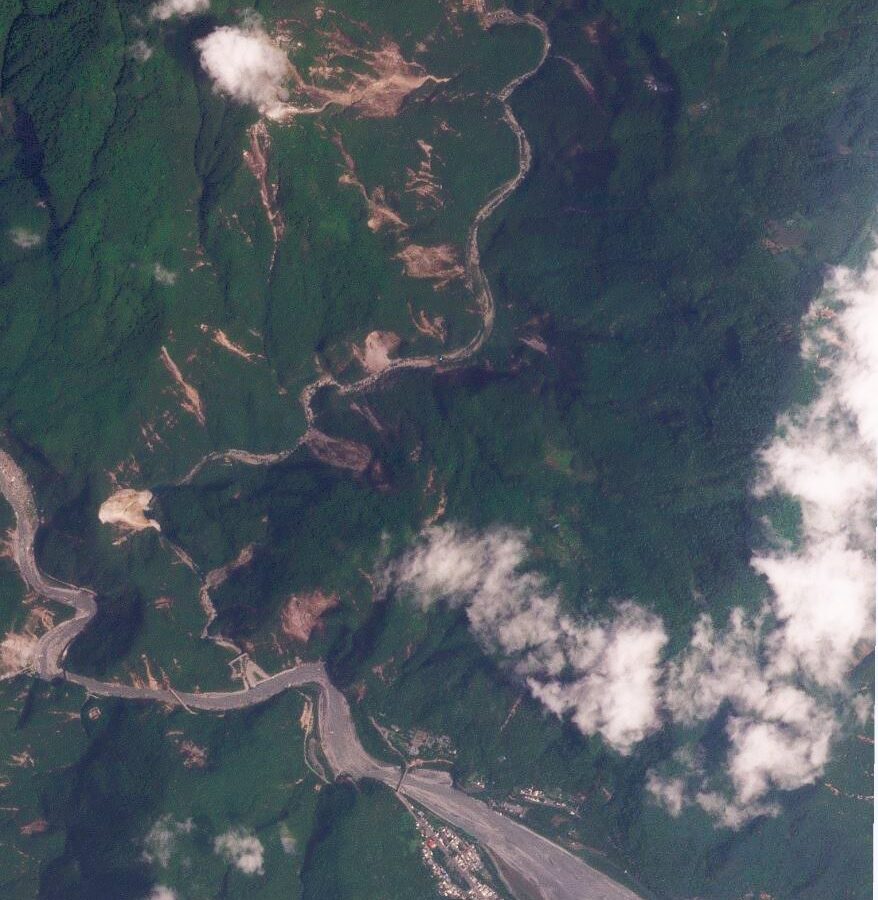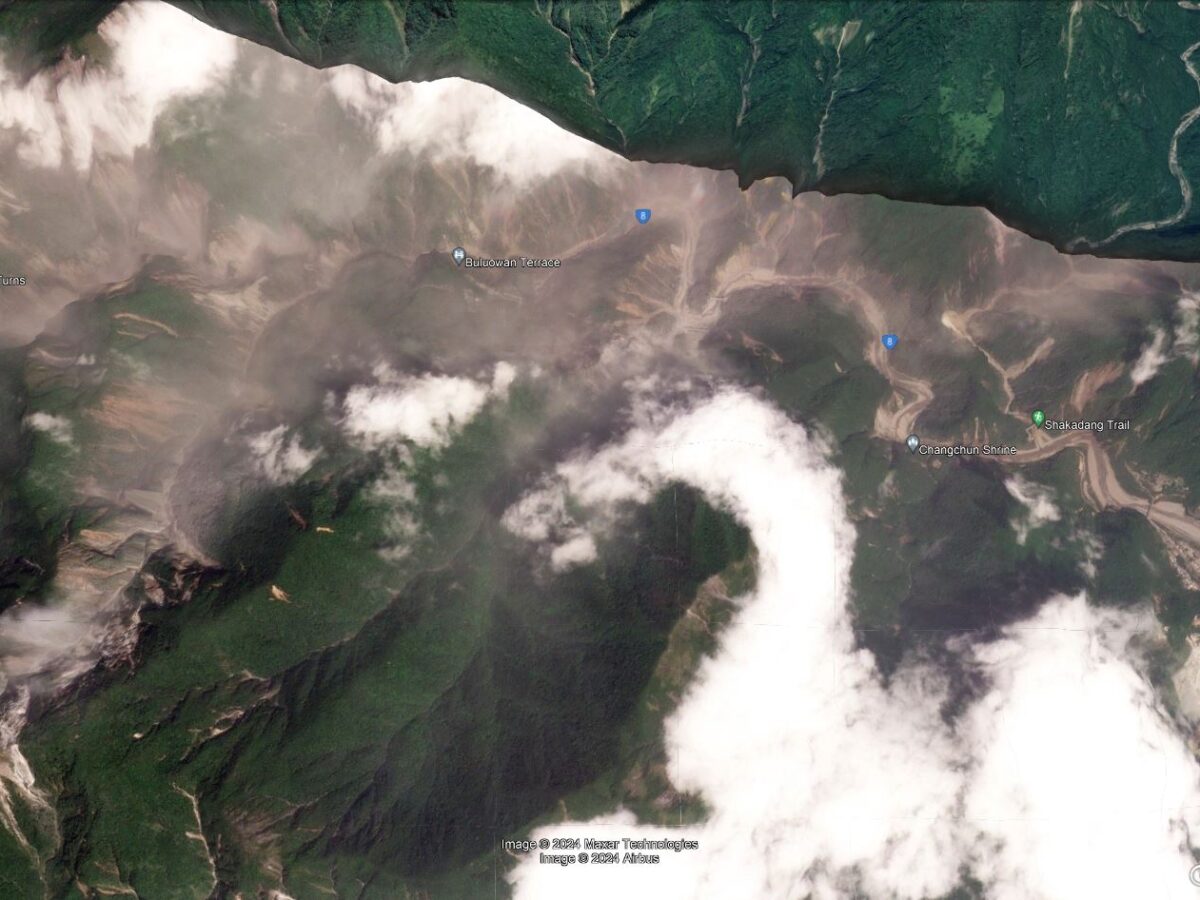A fiber-optic cable below Türkiye’s earthquake-prone metropolis is offering new details about how seismic waves will rattle the city—and demonstrating the potential of a bigger monitoring effort.
earthquakes
The Secret to Mimicking Natural Faults? Plexiglass and Teflon
Researchers found an effective way to produce natural fault behavior in the laboratory.
Landslides in Art Part 35 – Landslide in Front of the Hodogaya Tunnel on the Tōkaidō (1924) by Oda Kanchō
The Landslide Blog is written by Dave Petley, who is widely recognized as a world leader in the study and management of landslides. It is over three years since I last posted in my series on Landslides in Art – an unintended gap. For those who are interested, previous editions can be found on the […]
Landslides on the Shakadang Trail, Taroko, Taiwan
The Landslide Blog is written by Dave Petley, who is widely recognized as a world leader in the study and management of landslides. It is unsurprising that the news cycle has mostly moved on from the 3 April 2024 Hualien earthquake in Taiwan. On the ground, activity continues to deal with the aftermath of the […]
Foundations in Hazards and Disasters for Undergraduate Students
A new textbook for undergraduates explores different types of natural hazards and disasters through foundational scientific knowledge, engaging case studies, and mitigation strategies.
Swift Quakes Caused by Stomping Feet, Not Booming Beat
Concert tunes don’t make the same seismic noise as the exuberant crowd does.
Fault Maturity or Orientation: Which Matters More for Quakes?
Close examination of a 2021 earthquake on the Tibetan Plateau provides hints that, counter to prior assumptions, the influence of fault orientation can sometimes trump that of maturity.
Early warning and rockfalls in the 3 April 2024 Mw=7.4 Hualien earthquake
The Landslide Blog is written by Dave Petley, who is widely recognized as a world leader in the study and management of landslides. Yesterday, very interesting dashcam footage emerged of rockfalls triggered by the 3 April 2024 Mw=7.4 Hualien earthquake. The footage is dramatic in itself, but also serves to highlight the value of earthquake […]
Earthquakes Can Trigger Megathrust Slip in Cascadia
A 2022 earthquake in Northern California may have triggered slow slip in the Cascadia Subduction Zone, according to a new study.
Landslides in Taroko Gorge from the 3 April 2024 Taiwan Earthquake
The Landslide Blog is written by Dave Petley, who is widely recognized as a world leader in the study and management of landslides. A day after the Mw=7.4 Taiwan Earthquake, it is increasingly clear that the major impacts from the event, and its aftershocks, have resulted from landslides rather than building collapses. This is a […]










